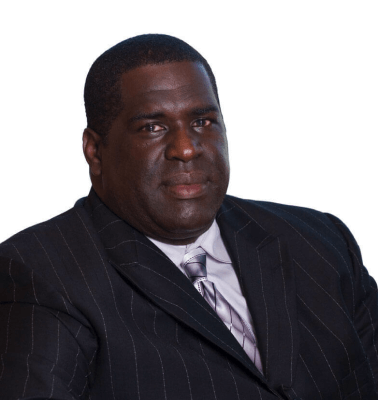“Problems with the curveball” closing argument in a DUI trial
Using Anecdotes, Analogies and Metaphors in a drunk driving trial
A good DUI defense attorney with strong storytelling skills will often use an analogy or an anecdote effectively during the drunk driving trial and especially during the closing argument. Not everyone is a great storyteller. However, most successful DUI defense lawyers have mastered the communication skills necessary to present effective analogies and anecdotes to jurors.
Which analogy or anecdote the DUI defense lawyer uses will depend, of course, on the precise issues presented in the case. Even so, most analogies and anecdotes will focus on traditional defense themes, such as flaws in the breath testing machine, the unfairness of field sobriety tests, the credibility of witnesses, and the concept of reasonable doubt.
Using the “curveball” analogy to undermine the prosecutor’s DUI charge
Some points can be made quickly and effectively through a relatively simple analogy. For example, a DUI attorney could present the following argument to impeach an officer’s testimony concerning the defendant’s intoxication:
“Ladies and gentlemen of the jury, you heard Officer Smith testify during direct examination that my client, Bill Johnson, was intoxicated and was under the influence of alcohol when he was stopped at the corner of Ridge Street and Maple Avenue. Officer Smith told you under examination by the prosecutor that Bill Johnson could not perform the field sobriety tests properly and that in the opinion of Officer Smith, Bill Johnson failed those tests. You also remember that I then cross-examined Officer Smith. Ladies and gentlemen, that cross-examination of Bill Smith brought back some memories. It reminded me of the major reason why I am not playing professional baseball today. I couldn’t hit the curveball.
When I was in high school, I was considered to be a very good baseball player. In fact, I was an excellent fastball hitter. The harder the pitcher threw the ball, the better I hit it. My ability to hit the fastball convinced me that I had real talent and would one day play professional ball.
After high school, I went to college. A funny thing happened there. In college, most pitchers not only had an excellent fastball, but also threw something called a curve. The curveball is an off-speed pitch which breaks in, away or down from the hitter. It does not come in on a straight line like a fastball.
When I got to college, and the pitchers began to realize that I could hit a fastball, I began receiving a steady diet of curveballs. My once lofty batting average fell dramatically. Where I once had no doubts about my ability to hit, I now had a multitude of uncertainties. To put it simply, ladies and gentlemen, the curveball was my undoing.
In this case, the prosecutor served fastballs to Officer Smith. The questions came right out of the facts as stated in Officer Smith’s report and he answered very confidently and assuredly. In other words, Officer Smith hit the fastball pretty good during the prosecutor’s questioning.
When I got up to cross-examine him, however, the curveball was his undoing as well. You’ll recall that when I asked him about the conditions under which the field sobriety tests were administered, he admitted that they were administered on a poorly lit road that was sloping in nature and where there was a combination of sand, gravel and concrete making for unsure footing. Remember that none of this information came out during the direct examination. The prosecutor only served up fast balls and Officer Smith swung away and hit them. When the curveballs were thrown, however, Officer Smith swung and missed. Let me give you some other examples of where Officer Smith swung and missed horribly on the curve….”
The DUI defense attorney can continue to give more examples showing where and how the police officer’s testimony was shaken on cross-examination, and can continue to use the fastball/curveball-direct/cross-examination analogy to demonstrate reasonable doubt.
To illustrate the point, the DUI attorney can use a chart or blackboard. Each time a curveball was thrown (when the officer’s testimony was shaken), the attorney places a check in the reasonable doubt column. If three checks are registered, the attorney can make a further analogy that the prosecutor has “struck out” and the jury should bring back a defense verdict.













